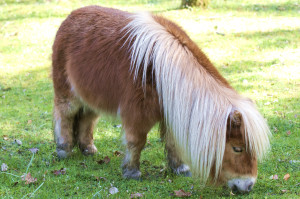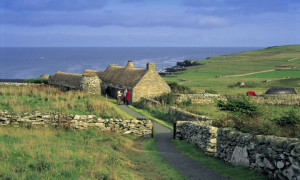Spanish city that’s home to the country’s oldest university
Founded in 1218, the city of Salamanca is home to the country’s oldest university. Before you dash off any comments – let me hasten to add that it is home to the country’s oldest university still in existence. The first one was in Palencia but has gone the way of the dodo. So, the university of Salamanca is also the fourth-oldest university in Europe. Can you name the other three? See below for answer (no peeking!)
 Like most institutions of its kind and in its time, it was founded as a Cathedral school. Its motto is Quod natura non dat, Salmantica non praestat (what nature does not give, Salamanca does not apply). It was there that Christopher Columbus went to inquire of geographers about his quest before taking it to the royal court.
Like most institutions of its kind and in its time, it was founded as a Cathedral school. Its motto is Quod natura non dat, Salmantica non praestat (what nature does not give, Salamanca does not apply). It was there that Christopher Columbus went to inquire of geographers about his quest before taking it to the royal court.
After discovering America, the reputation of the university was far -reaching with many members participating in the Council of Trent. Its mathematics department was instrumental in developing the new calendar commissioned by Pope Gregory XIII. Ever on the cutting edge, in 1580, they had the bold idea of admitting females (!), and one of its first students, Lucia de Medrano, was the first woman to teach at a university.
Other notable alumni include Miguel de Cervantes – famous in his own right once he sat down to write.
Answers: University of Paris (1150), University of Bologna (1088) – the first university in western Europe, University of Oxford (actual founding unknown, but teaching began in 1096 – it is the oldest in the English-speaking world)
Northernmost part of Great Britain
Again with this clue, I was stumped – I tried to think of a county or region; I did not think of an island, specifically, Shetland island. It is sad to say, but when I think of Shetland island, all I can think of is those ponies.  I am proud to say that as a result of this clue and subsequent research, I have learned a great deal more about this part of Great Britain.
I am proud to say that as a result of this clue and subsequent research, I have learned a great deal more about this part of Great Britain.
Geographically, the islands (it is an archipelago of Scotland – fact one learned) north of Orkney and south of the Faroe islands. Or as their tourism site says, “Where Scotland meets Scandinavia and the North Sea meets the Atlantic Ocean.” The island can date some of its relics back to Roman times, and there is certainly a large Norse influence throughout the region.
While only 16 of the 100 islands are inhabited, those that are show that despite being almost treeless, the stone architecture, some of it prehistoric, still remains. Mesolithic and Neolithic remains have been found including a wheel house and a smithy. While the islands were under Scandinavian rule for centuries, it was the marriage of James III to Margaret – daughter of Christian I, king of Norway, which brought about the transfer of Shetland from Norway to Scotland. The island was part of the dowry, naturally.
Not surprisingly, since Shetland was part of Scotland, the inhabitants were involved in both World Wars. In fact, Leif Larsen, the Norwegian leader of the Shetland Bus which was responsible for transporting intelligence agents, refugees and resistance leaders, was the most decorated allied naval officer of the war.
While the island has traditionally relied on fishing and other forms of agriculture for its economy, the discovery of oil in Sullom Voe has revitalized the struggling island’s revenues. Tourism is still a mainstay. In fact, Lonely Planet lists it as number six on the list of unspoiled landscapes.

Amazing to learn of Salamanca being the oldest university…with Columbus consulting there, before his quest for the new world and Cervantes attending the university!
Shetland Island….would love to go there after reading about it. I,also, did not know anything about Shetland Island other than that is where the Shetland Pony originated.